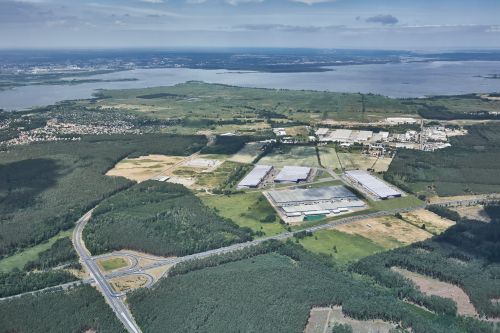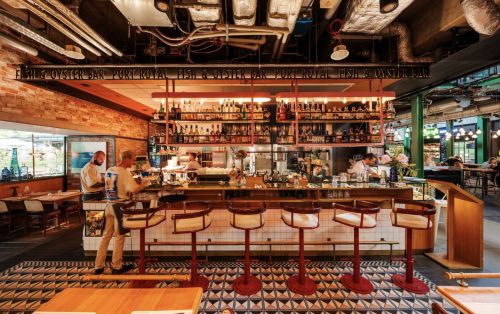The experts are looking to the future with some optimism. They can identify significant development possibilities across each of the real estate markets in Central and Eastern Europe, although these are not expected to emerge quickly as they did in 2015 in Poland. “2016 will probably be quieter than 2015. Vigorous development activity will continue, particularly in the office sector, while investment activity should also continue, but in my opinion it will be difficult to break any records in this area. We are also expecting there to be active involvement from the banks when it comes to providing financing, even though in Poland the planned introduction of the bank tax and its final shape will certainly result in an increase in the banks’ margins and, as a consequence, an increase in the cost of credit for developers and investors,” predicts Tomasz Trzósło, the managing director of JLL Poland.
Warehouses still riding the crest






























































